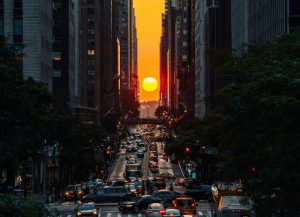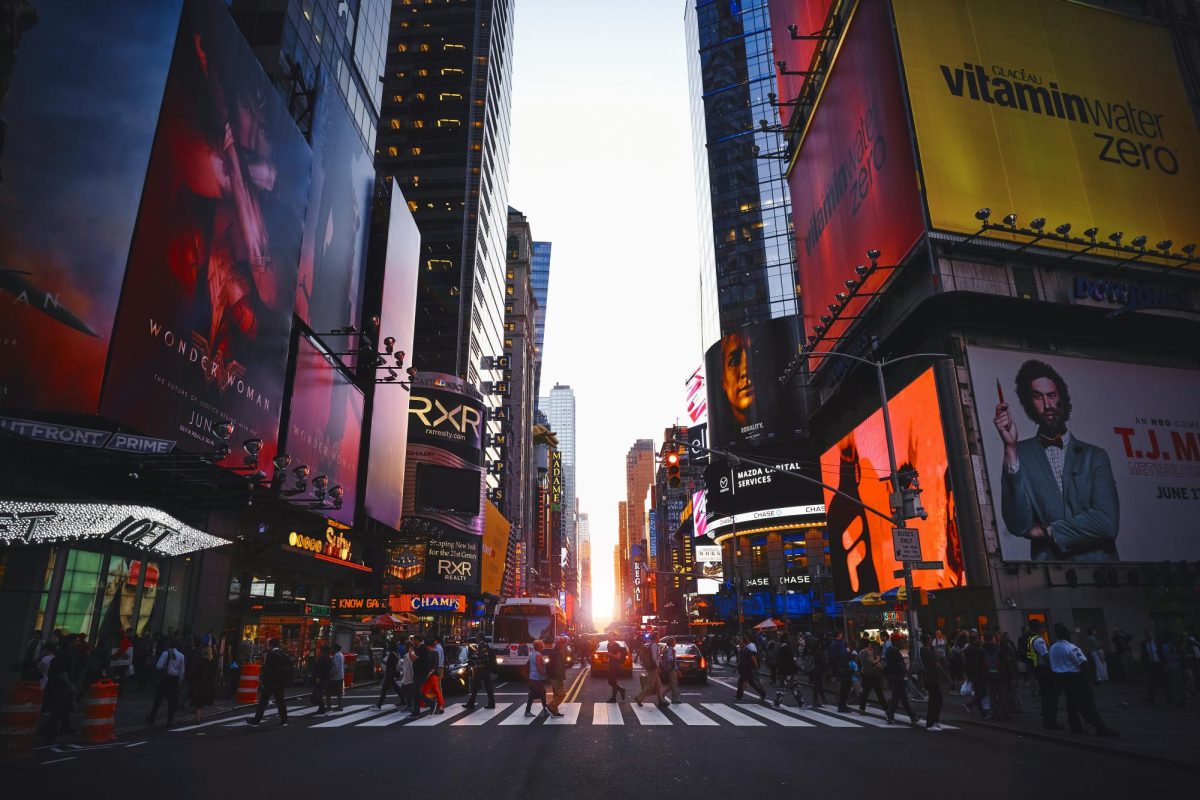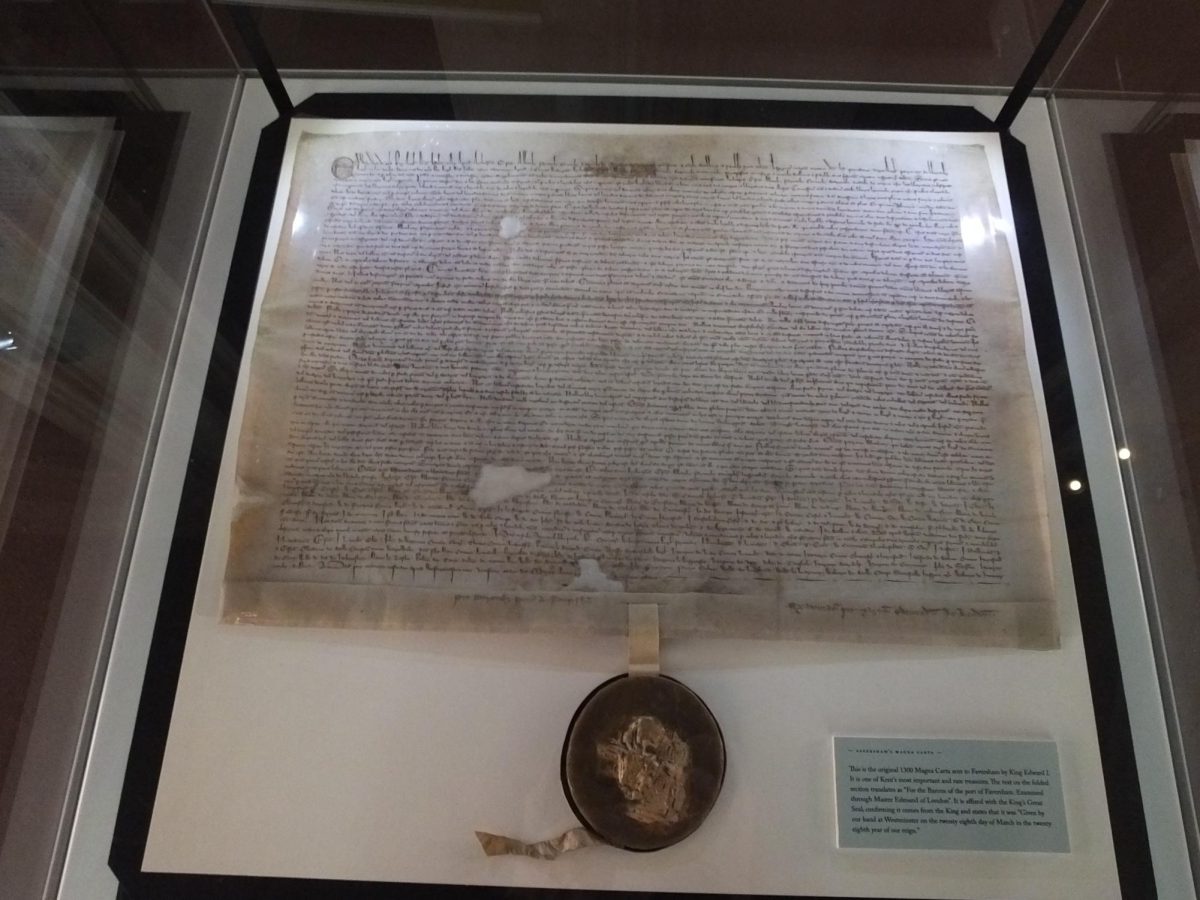From the viral New York-Dublin Portal to Trump’s ‘hush money’ trial, New York City has recently been inundated with numerous events, one of them being Manhattanhenge. Manhattanhenge is a phenomenon that happens four times every year—twice with a full sunset and twice with a half-sunset—when the sun provides a view similar to that of it resting on the Manhattan streets, causing a stunning solar spectacle as people flood outside to catch a glimpse of the sun setting in between the gorgeous New York skyscrapers. Manhattanhenge occurs at the end of May and mid-July. This year, Manhattanhenge took place on May 28th and 29th and will take place once more on July 12th and 13th. “According to the American Museum of Natural History, Manhattanhenge reached its fullest effect at 8:13 p.m. on Tuesday and 8:12 p.m. on Wednesday, local time. In July, the event will occur at 8:21 p.m. on the 12th and 8:20 p.m. on the 13th,” The New York Times announced. The Manhattanhenge sunsets happen around the dates of both the winter and summer solstice. The weather is another factor in the view of Manhattanhenge, as it’s not very visible on rainy or cloudy days; however, as long as the weather cooperates, Manhattanhenge provides a great moment for individuals to enjoy.
Manhattanhenge creates a picturesque effect as light floods through the northern and southern parts of the city. The grandeur of the Hudson River and the relatively low New Jersey skyline also enhance the beauty of the light spectacle. The half-sun effect happened and will happen on May 28th and July 13th while the full-sun effect happened and will happen on May 29th and July 13th. According to NYC Parks, the eastern part of Manhattan holds the most appealing scenes. The further east one goes, the more dramatic the sun’s view will get as one catches the sight of the orange spherical ball sitting on the streets of Manhattan. The following are some places that happen to create the most illustrious sights: 57th Street, 42nd Street, 34th Street, Tudor City Overpass, and Hunter’s Point South Park.

Both the science and history behind Manhattanhenge serve as fascinating examples of how natural phenomena are capable of creating their own stories. The nickname for Manhattanhenge was inspired by the prehistoric monument, Stonehenge. Stonehenge is a site that can be found north of the city of Salisbury, England, and consists of a ring of vertical standing stones, connected by horizontal stones on the top. Stonehenge influenced the nickname “Manhattanhenge” as once a year, its stones align with the sunrise.
Furthermore, the cause of Manhattanhenge is the geometric shapes of the Sun and Earth. The orbit of the sun and Earth also play a minor factor in the creation of the event, so, unless the orbitals shift significantly, Manhattanhenge will continue to set over the city of New York every year.
“The reason we have Manhattanhenge is related to the way the Earth orbits the Sun and the island of Manhattan is shaped,” Jackie Faherty, a scientist at the American Museum of Natural History, said when interviewed by Live Science. “Neither of those things changes much over the years so you will have the event occurring at almost the same time sequentially.”
The reason why Manhattanhenge occurs specifically in New York City is because in the 1800s, city planners designed Manhattan in the form of a grid. Therefore, its avenues run “north to south, and its cross streets intersect the main avenues at almost exactly 90 degrees,” according to The New York Times. The sun aligns itself with the street grids of Manhattan, revealing itself as it gets lower and lower. This generally happens for only a few minutes during the sunset, but it can also be observed during the sunrise. During November and January, an effect similar to that of Manhattanhenge occurs and most call this phenomenon “Reverse Manhattanhenge.” This is due to the sun’s rise. While the two scenes are similar, determining when the Reverse Manhattanhenge will take place is more difficult because the sun rises in the east, where the topography such as the Bronx, Queens, and Brooklyn, blocks the view of the rising sun.
Despite it being nicknamed, “Manhattanhenge,” it is not only exclusive to New York City. Other cities with straight west-east grid patterns are capable of experiencing the dazzling sunset such as Chicago, Baltimore, and Toronto. For its intriguing backstory as well as its enchanting view, the ethereal quality of the sun gives New Yorkers a reason to look forward to two more days of the captivating moment.













































































































































